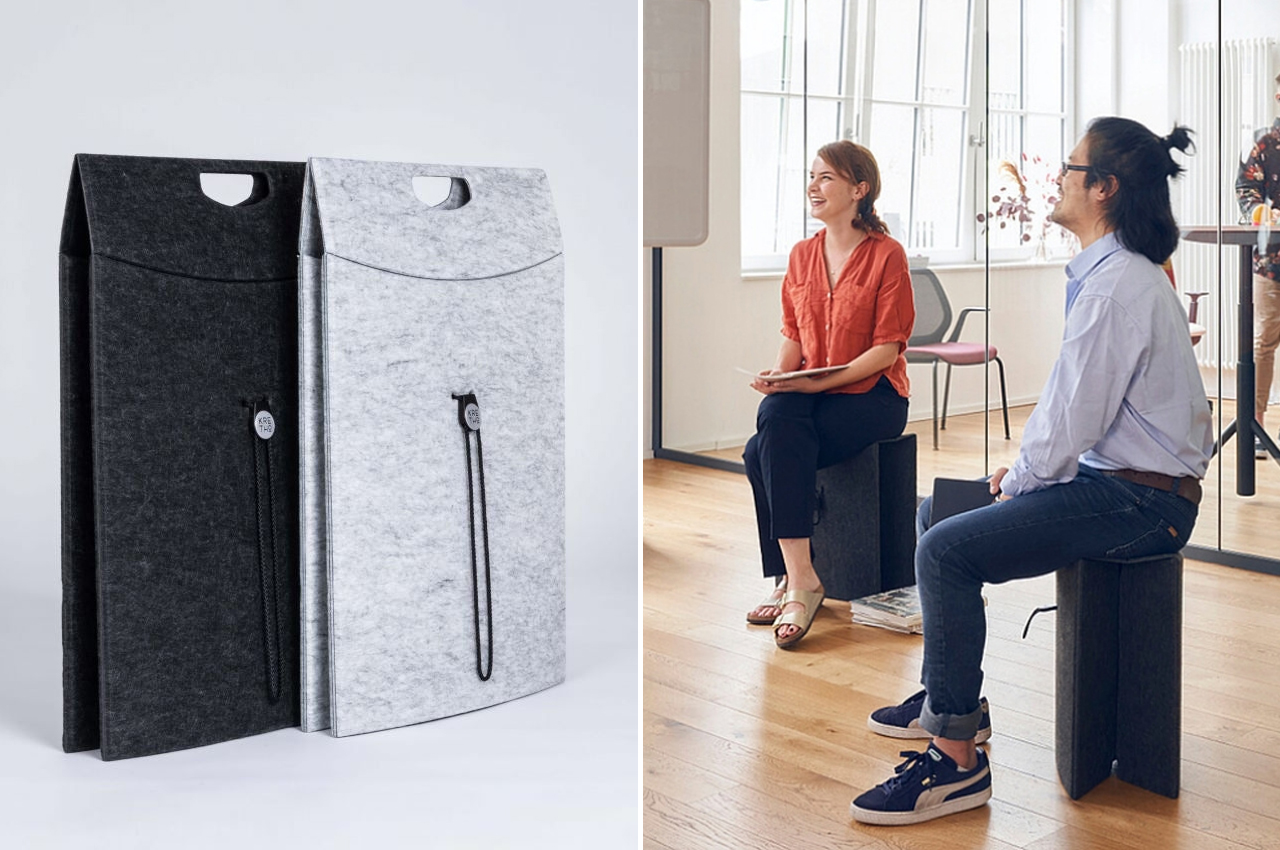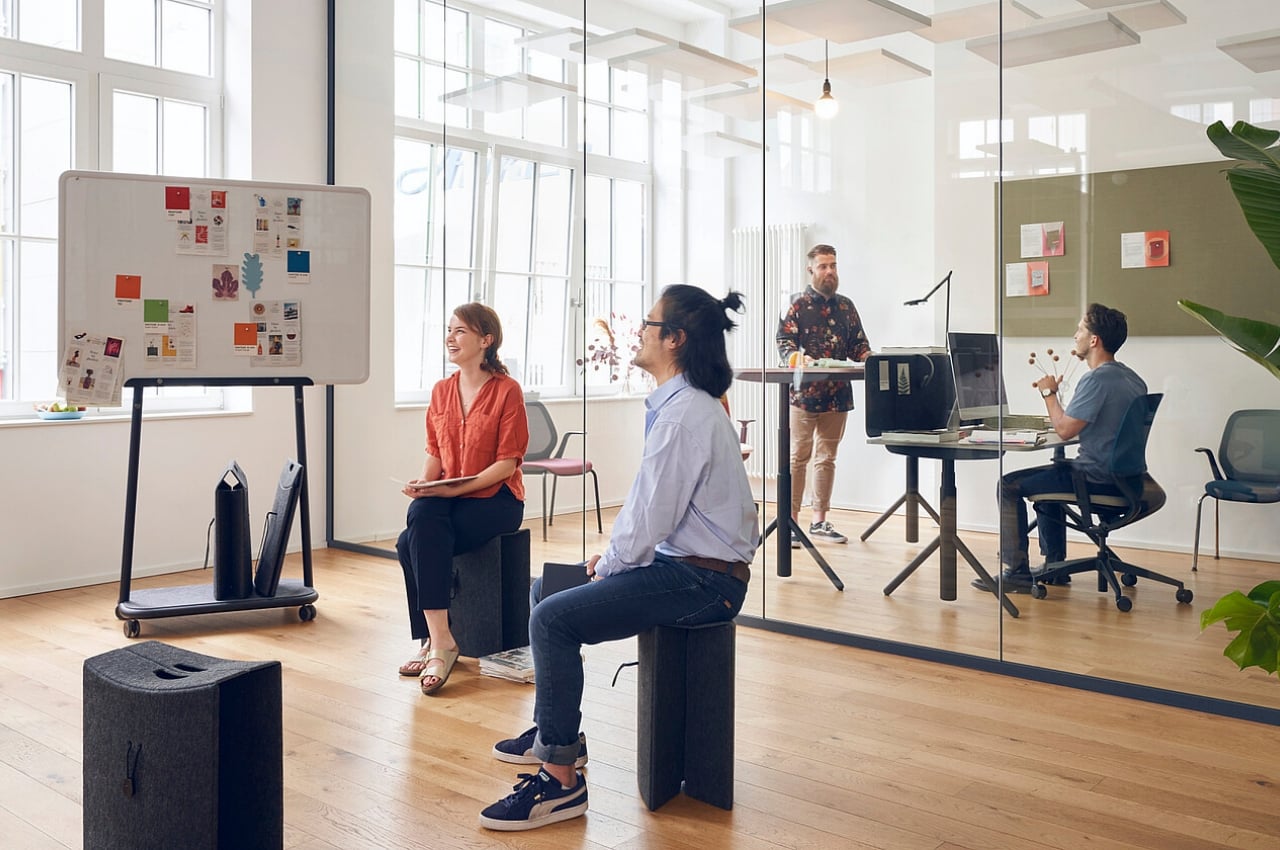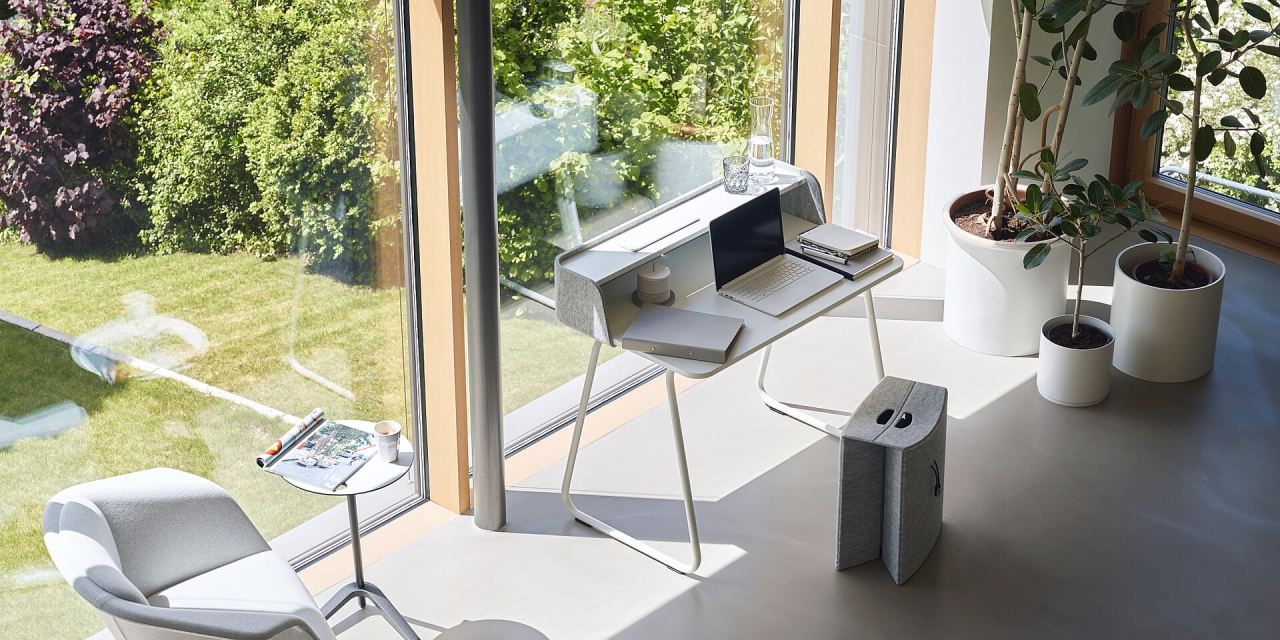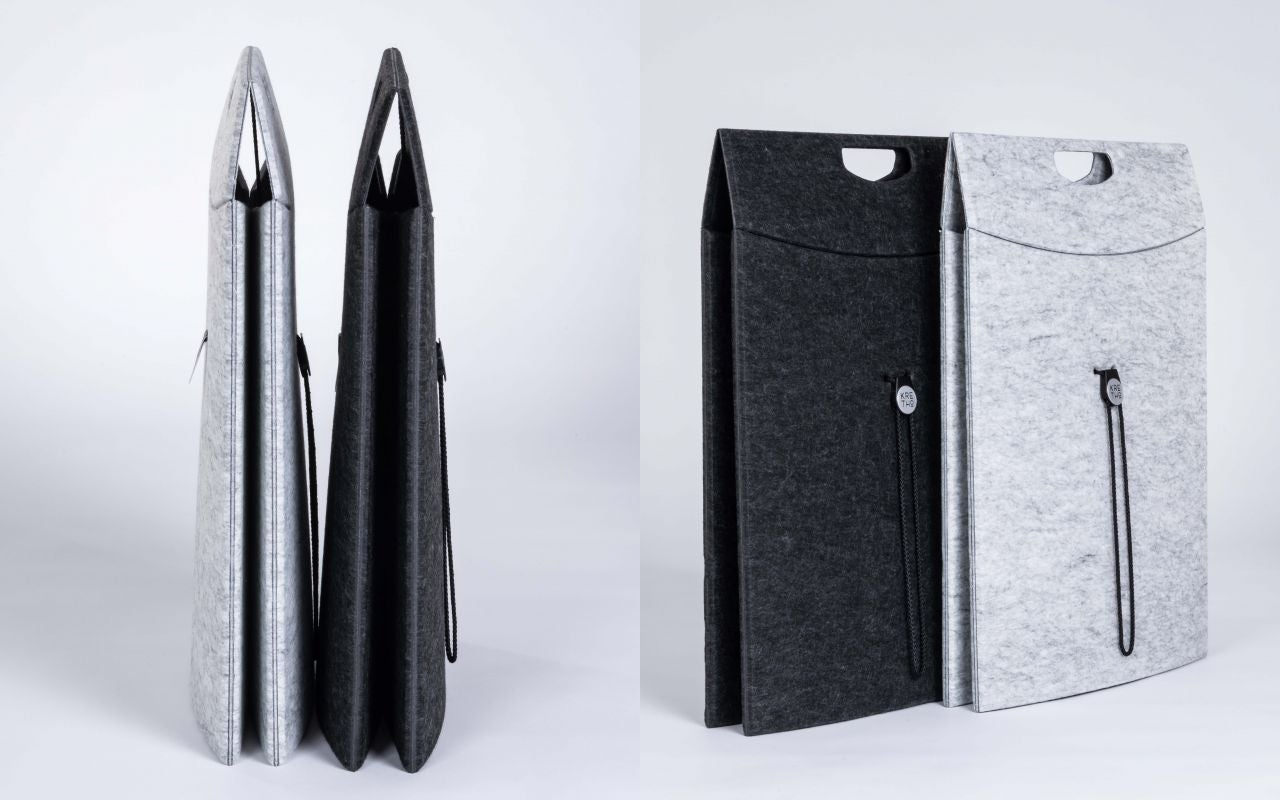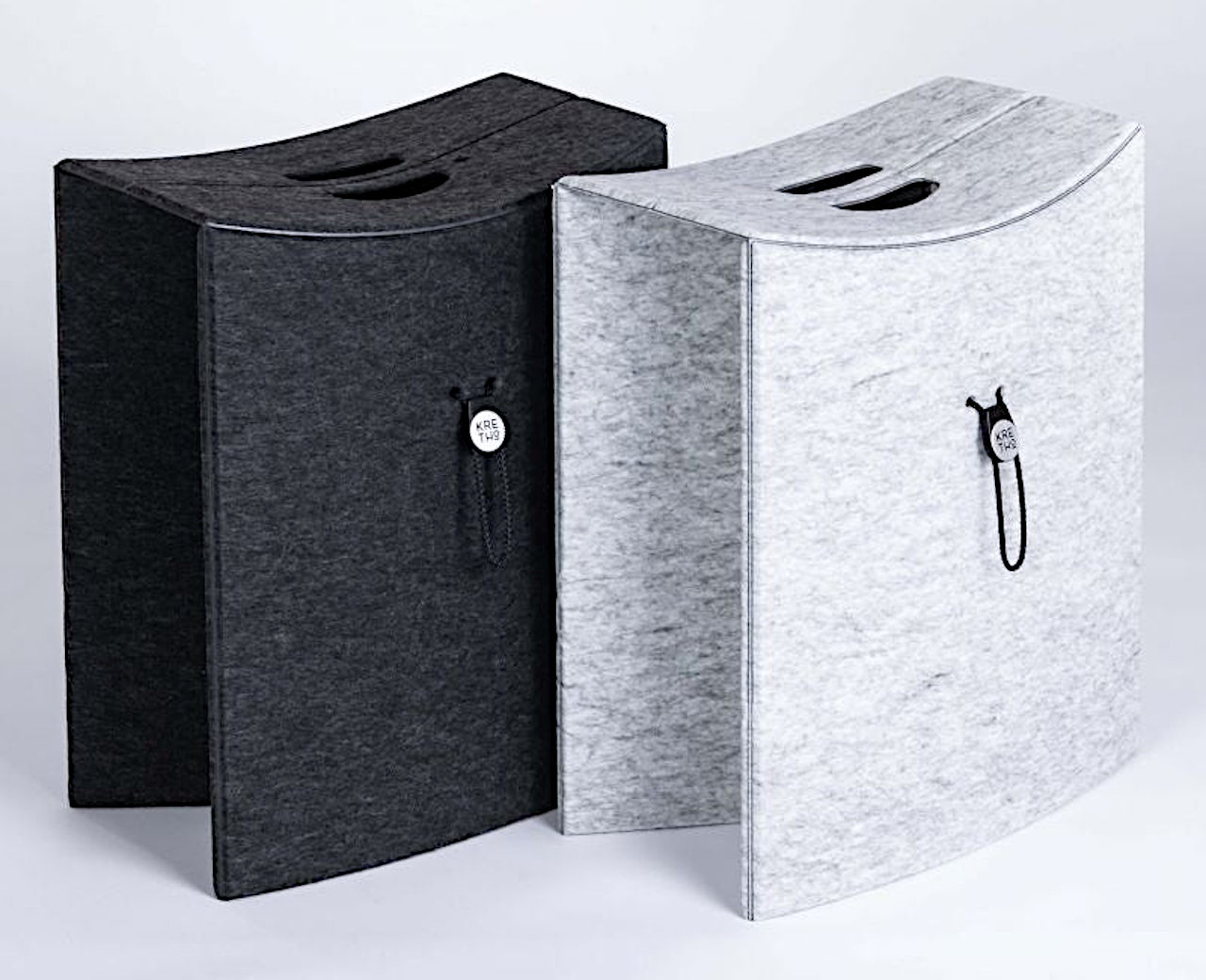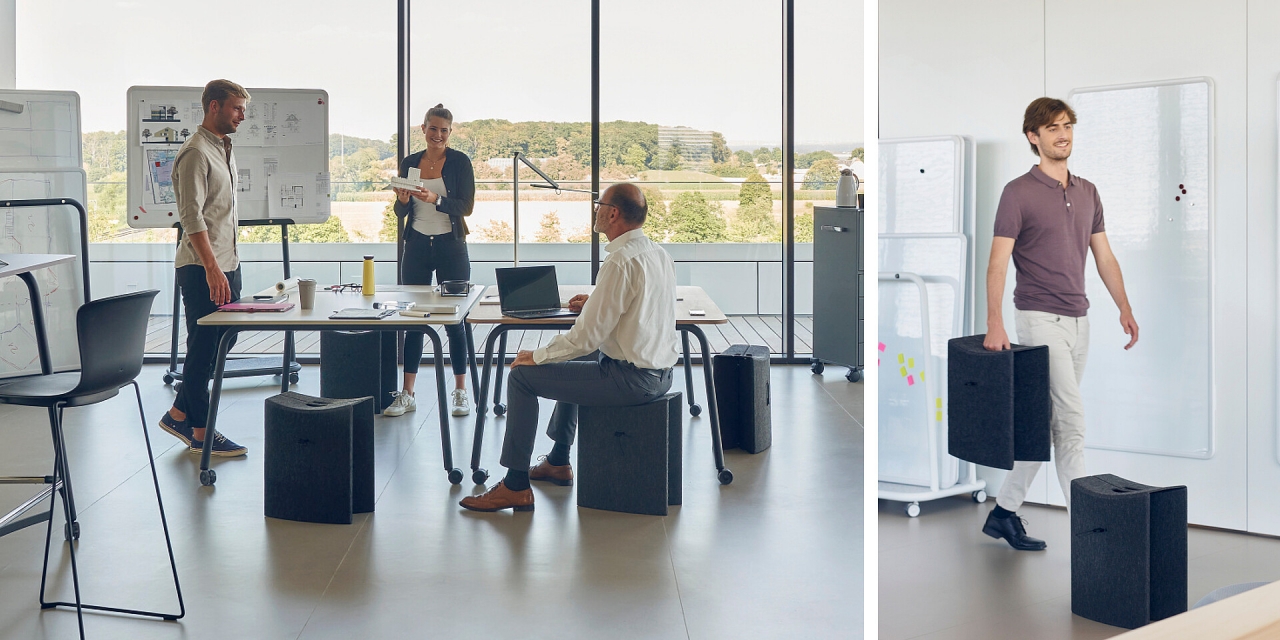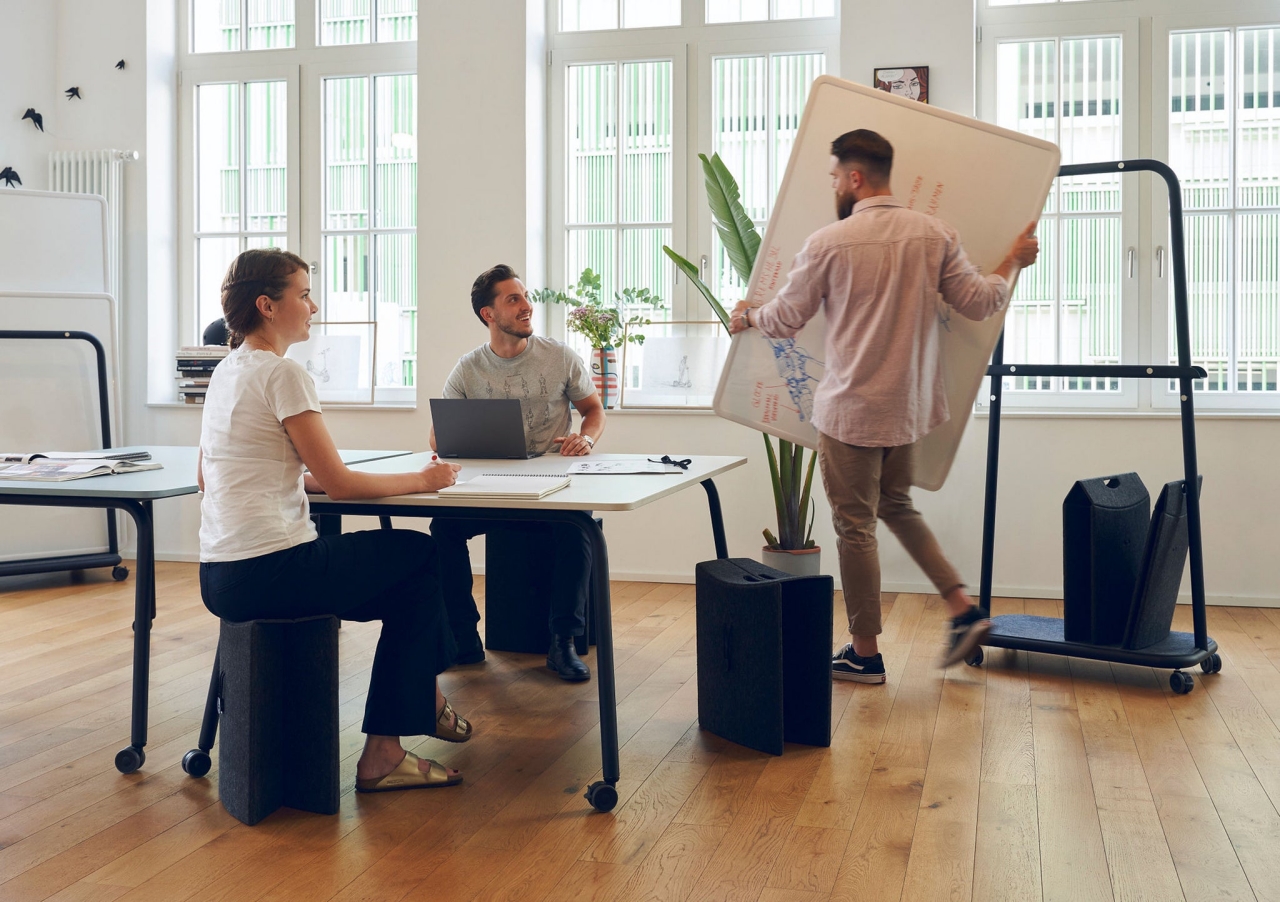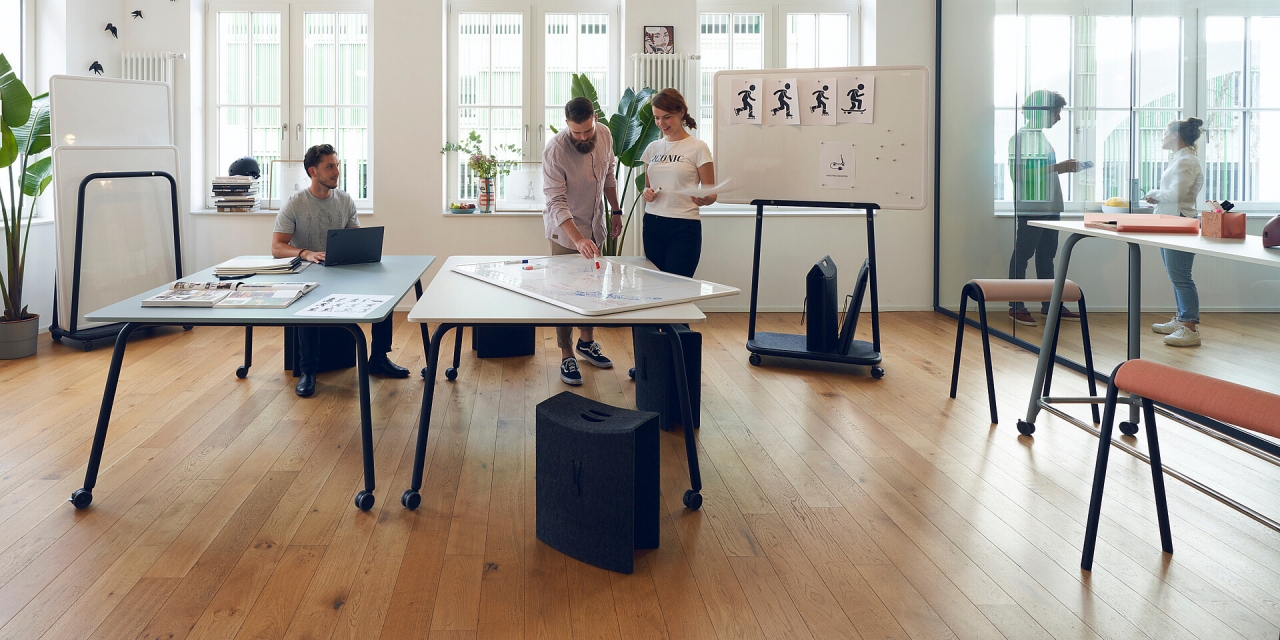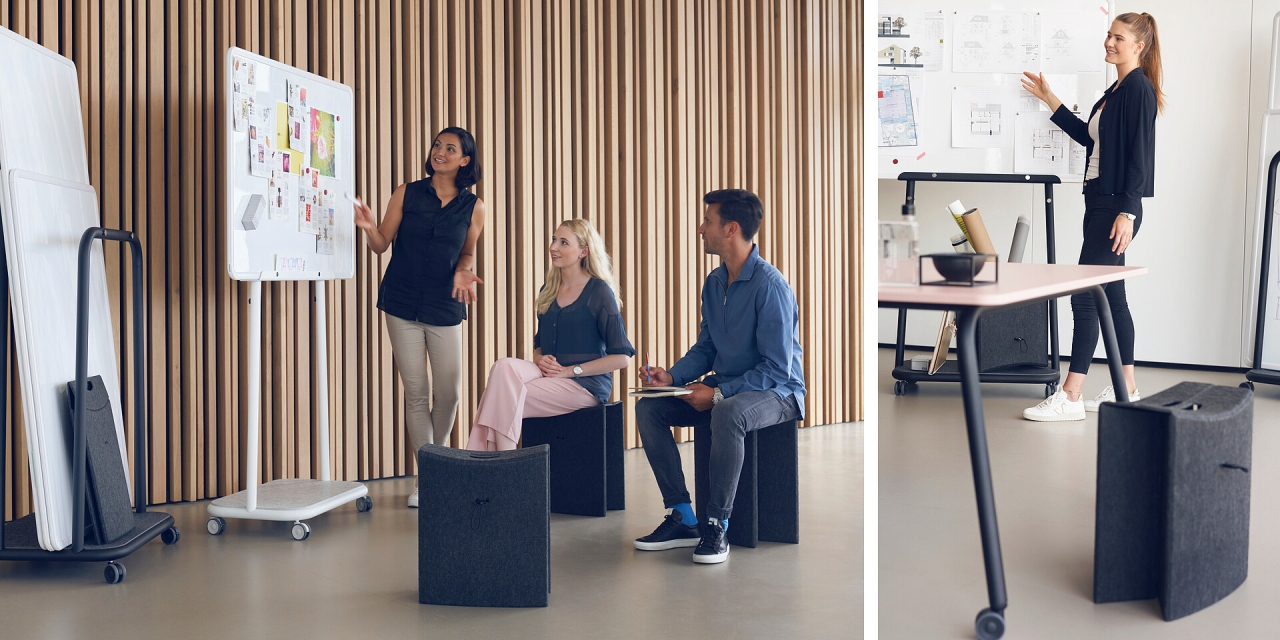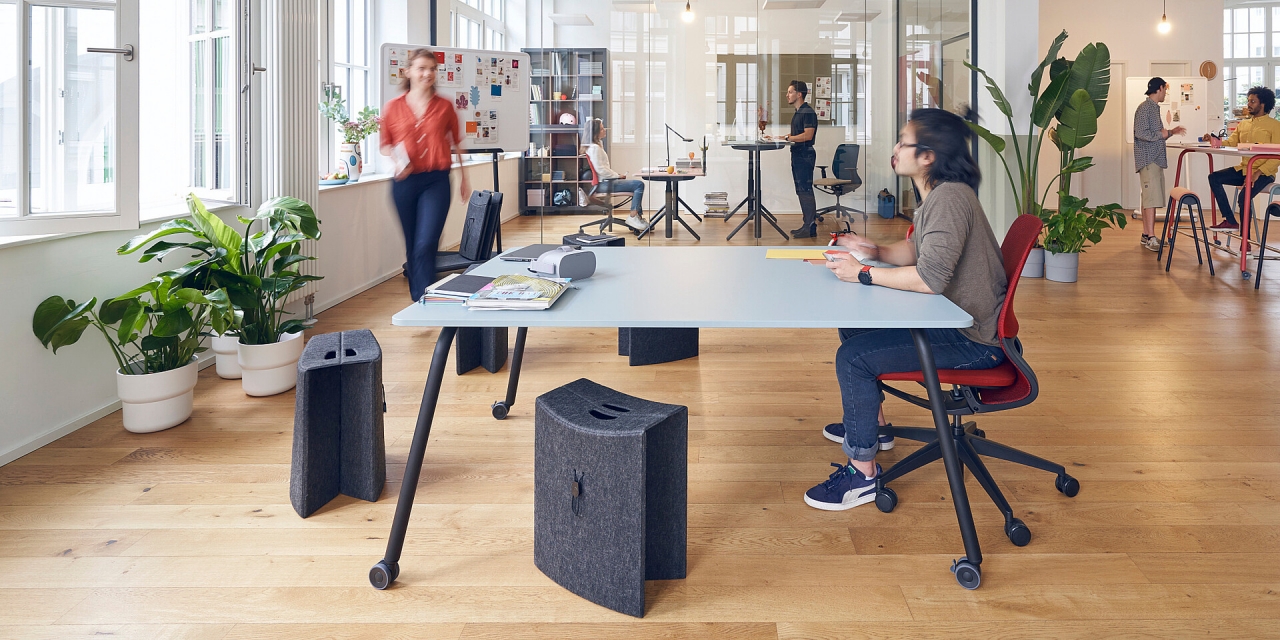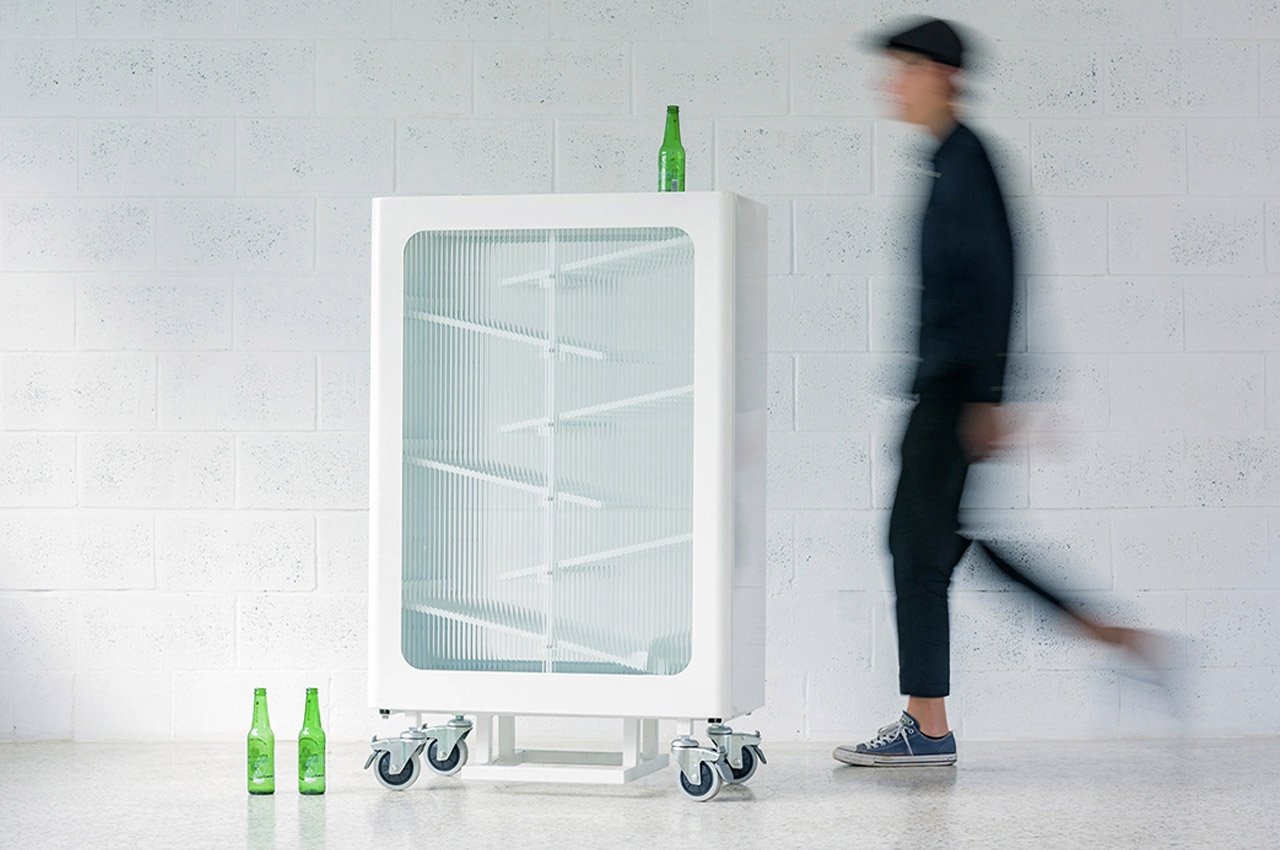
It’s extremely important that we integrate sustainability into every aspect of our lives! And, our kitchen shouldn’t be an exception. Sustainability is now being extended to products and appliances in the kitchen as well! From a glass recycling bin that is interactive and educational to a food appliance that helps you grow your own meat – the list of kitchen equipment that is eco-friendly is growing by the day. And this collection of sustainable kitchen appliances will help you imbibe and achieve that zero-waste and eco-conscious lifestyle even more. It’s time to go green in our kitchens as well!
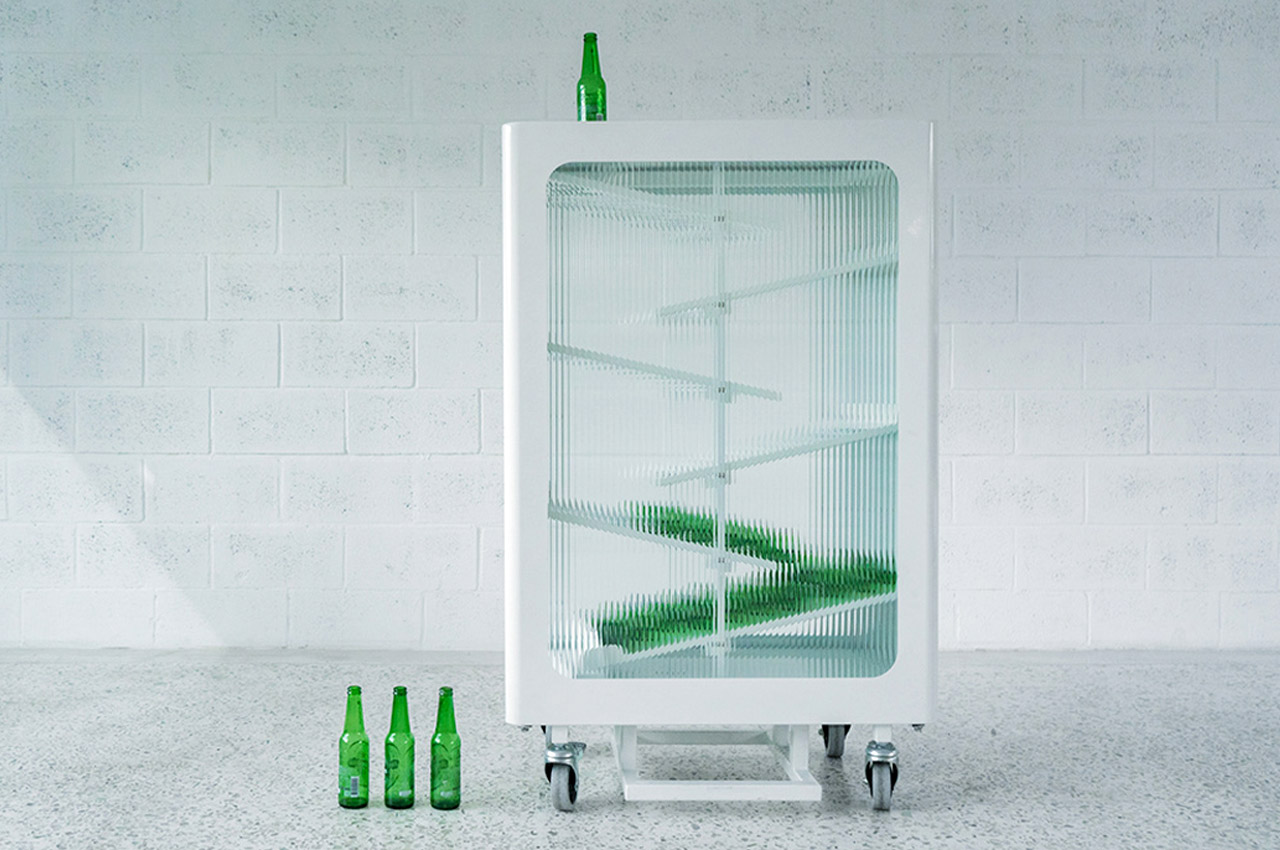
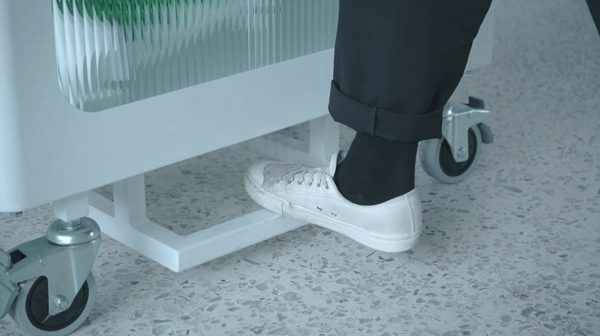
The Guangjing glass recycling station was designed to be an interactive product that played on the meaningful habit of recycling as well as the circular economy. The project aims to achieve an infinite circulation of glass and allows the public to participate in it which not only educates them but helps them associate the good habit with a positive emotion rather than as a chore. It uses the texture and reflectivity of glass as a material to create a two-way interaction between people and recycling – is not only a recycle bin, but an aesthetic and educational public installation. The recycling station can be set up anywhere – it would be a great sustainable and eco-friendly addition to your kitchen!
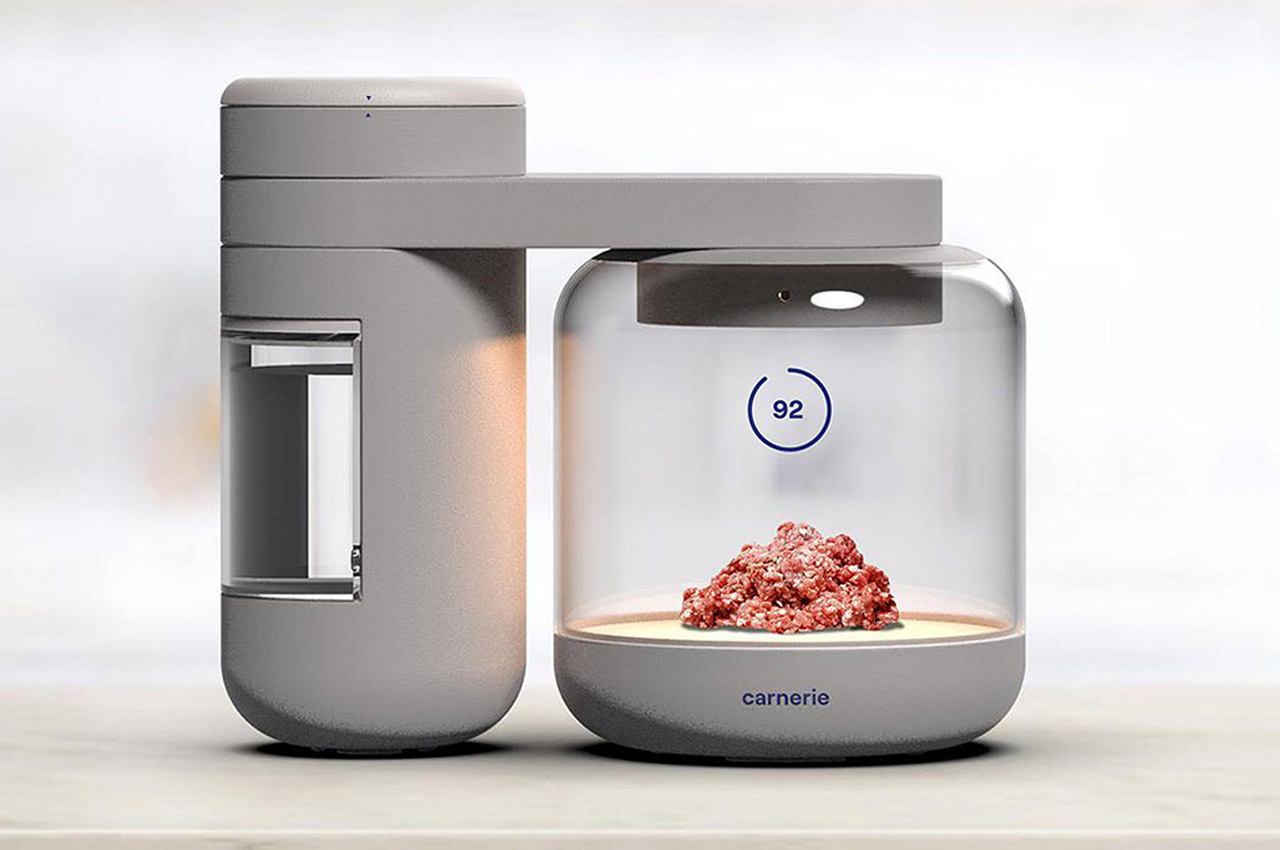
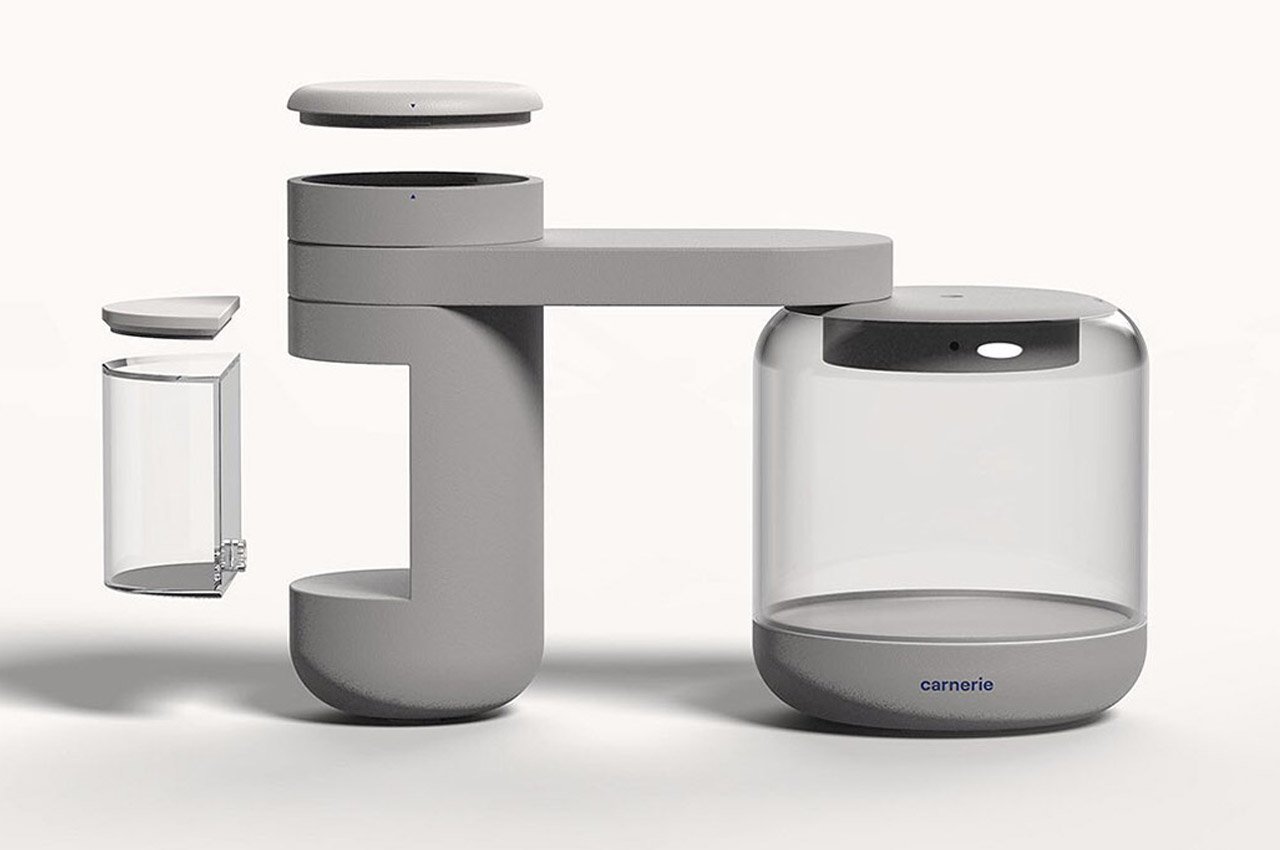
Turner designed Carnerie – a conceptual device that will let you grow your own meat in the future! Carnerie is a ‘grow your own meat’ device for around twenty years in the future. It is controlled by an app, whereby the user is able to order cell capsules from local farms in order to grow a variety of different types of meat. This conceptual, speculative project is designed to help us visualize what this future scenario could be like and whether it’s a future that we would buy into. By exciting, shocking, or even repulsing the viewer it enables us to question our existing meat consumption habits and whether they need to change.
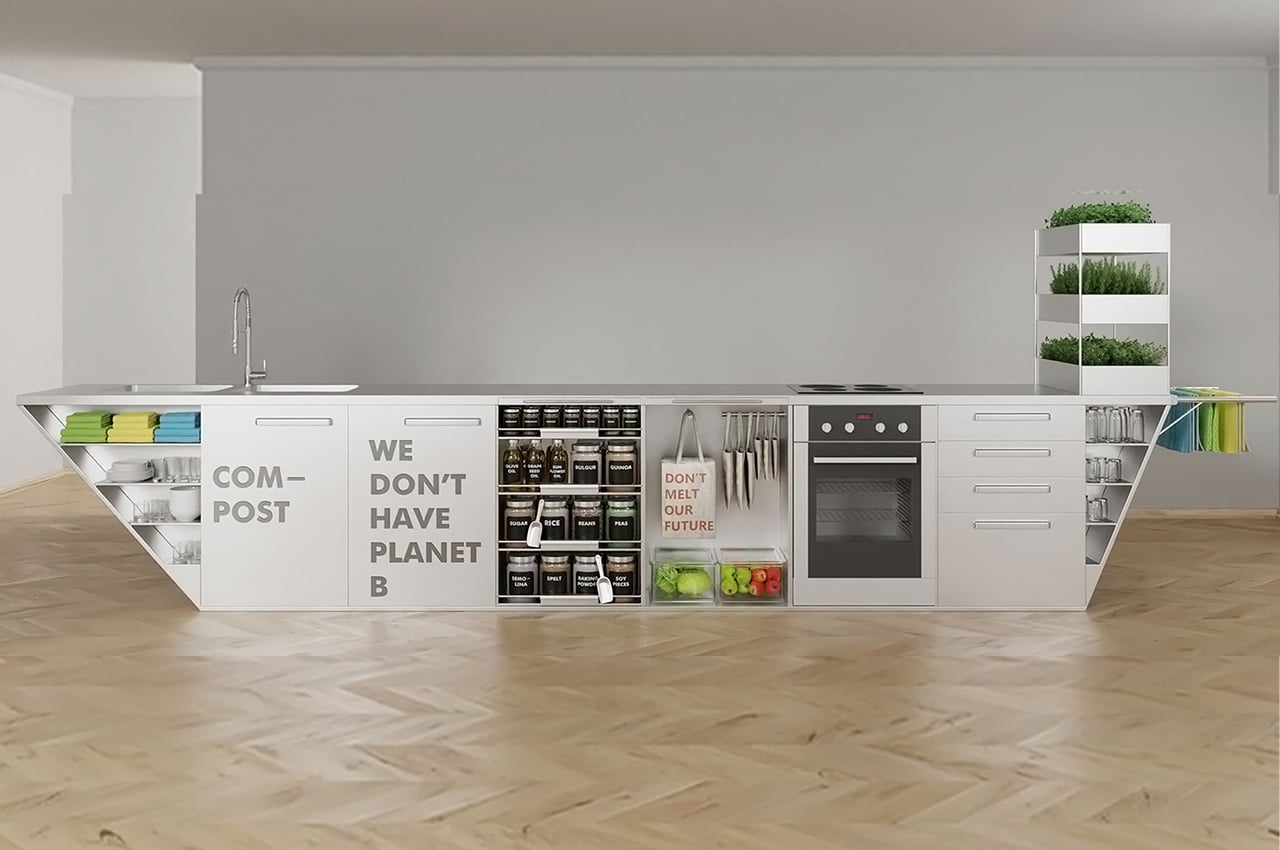
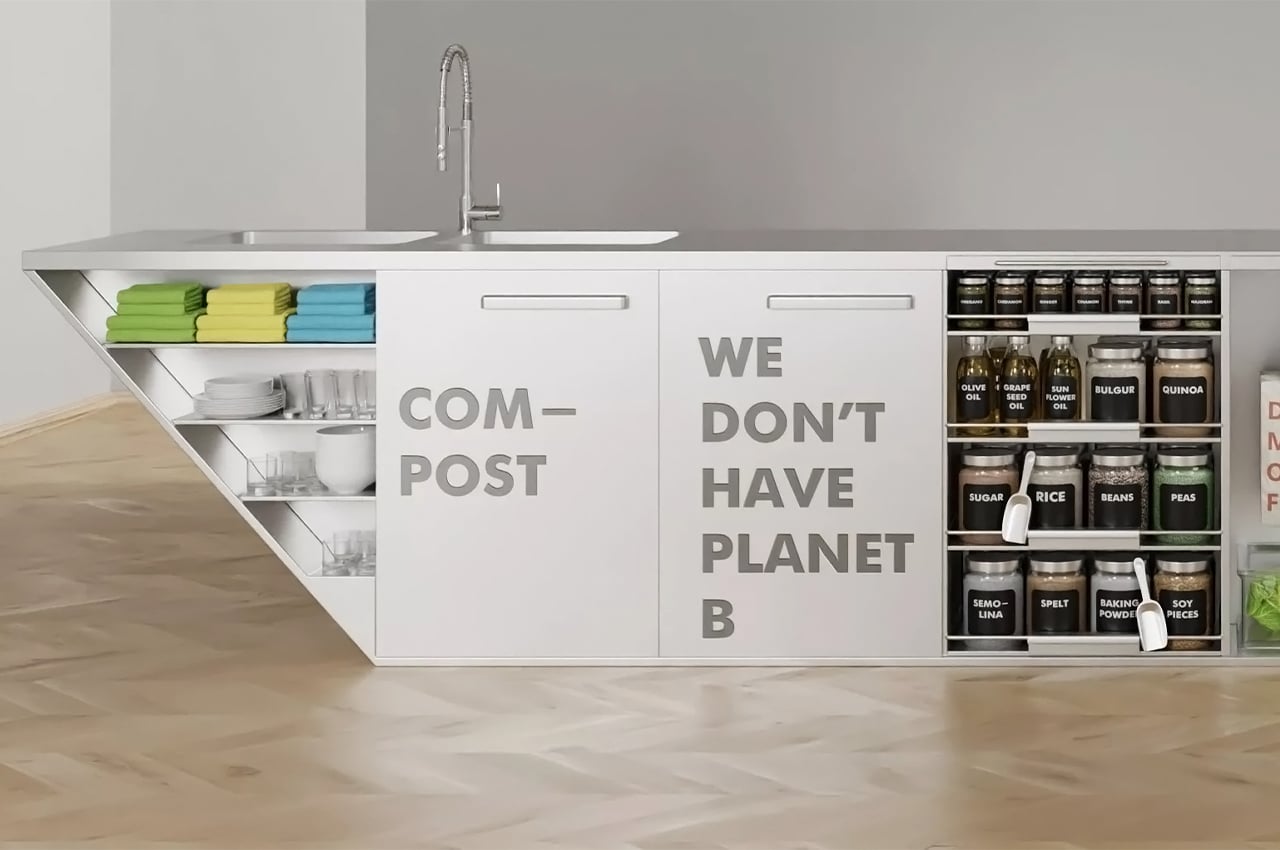
This zero-waste kitchen is built from recycled stainless steel made in electric arc furnaces and it lasts forever. The large table is the core of the design, it is meant to be used as a cooking and eating surface. The structure has designated areas for glass containers, baskets for fruit and vegetables, a worm box, storage space for multi-purpose vessels, linen bags, and a vertical herb garden – it is indeed a highly functional and multi-faceted design! The worm box regularly provides humus which can be used for the herb garden and if the kitchen is in a dark area of the house or if you live in a country with little sunlight then you might need a daylight lamp for your herb garden.
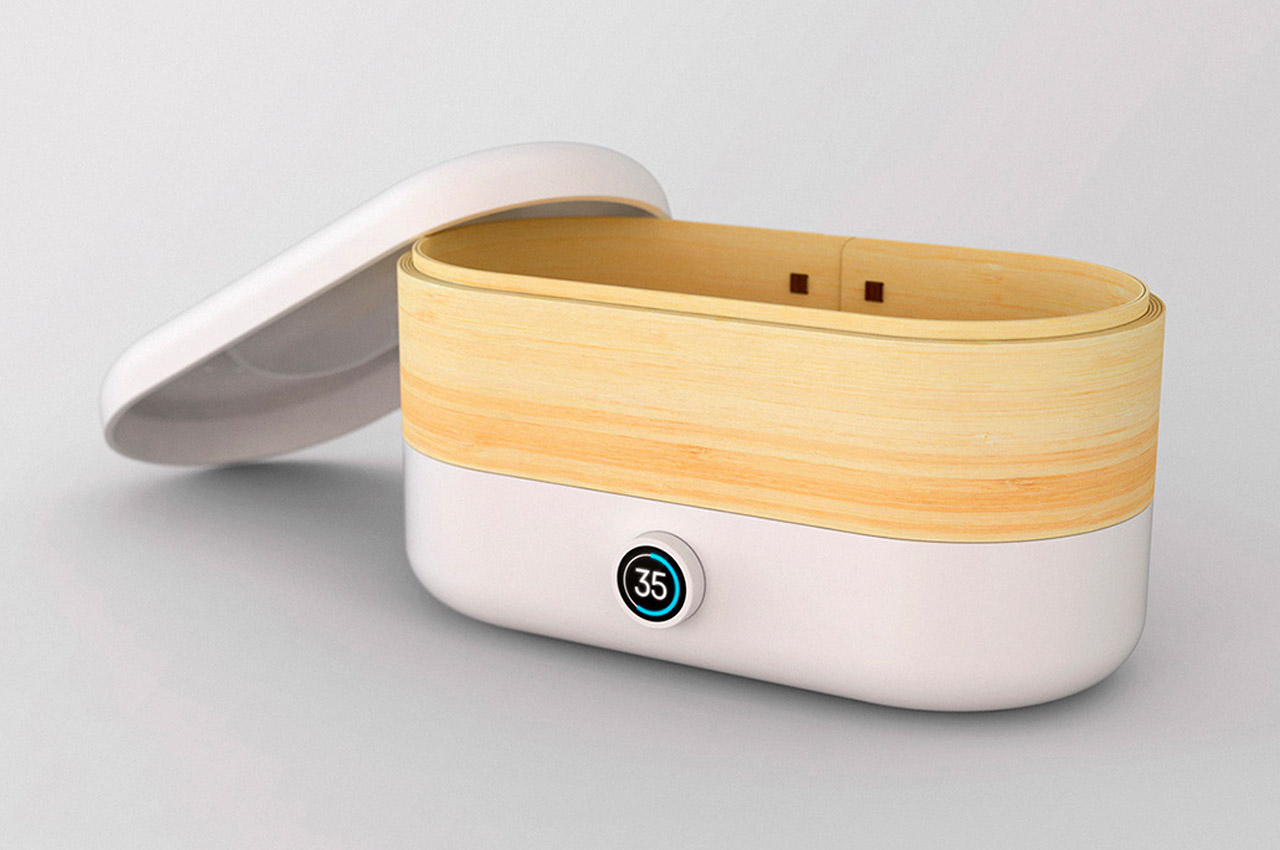
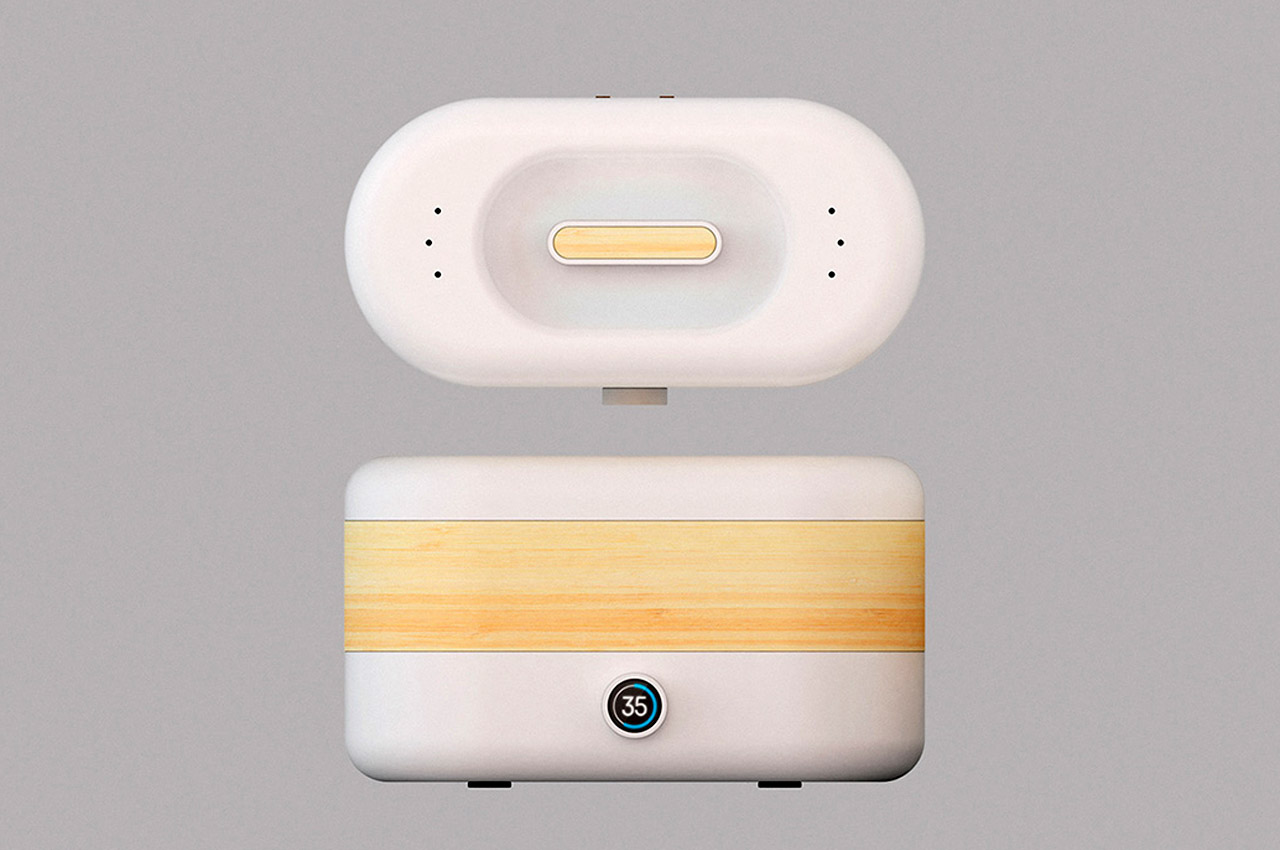
The Bamboo Food Steamer promotes environmentally-friendly practices in addition to healthy eating because, unlike trees, bamboo stalks grow back after being cut and require minimal effort from their farmers. The Bamboo Food Steamer takes these pros and adapts them into a modern cooking tool. Compared to traditional bamboo steamers, this product is cleaner, more portable, and easily accessible for consumers who are less familiar with Chinese culture and cooking techniques. The steamer seems very-user friendly, as it only has one control: a circular LED timer. Simply plug in the device, set your timer- no extra on/off switch needed.
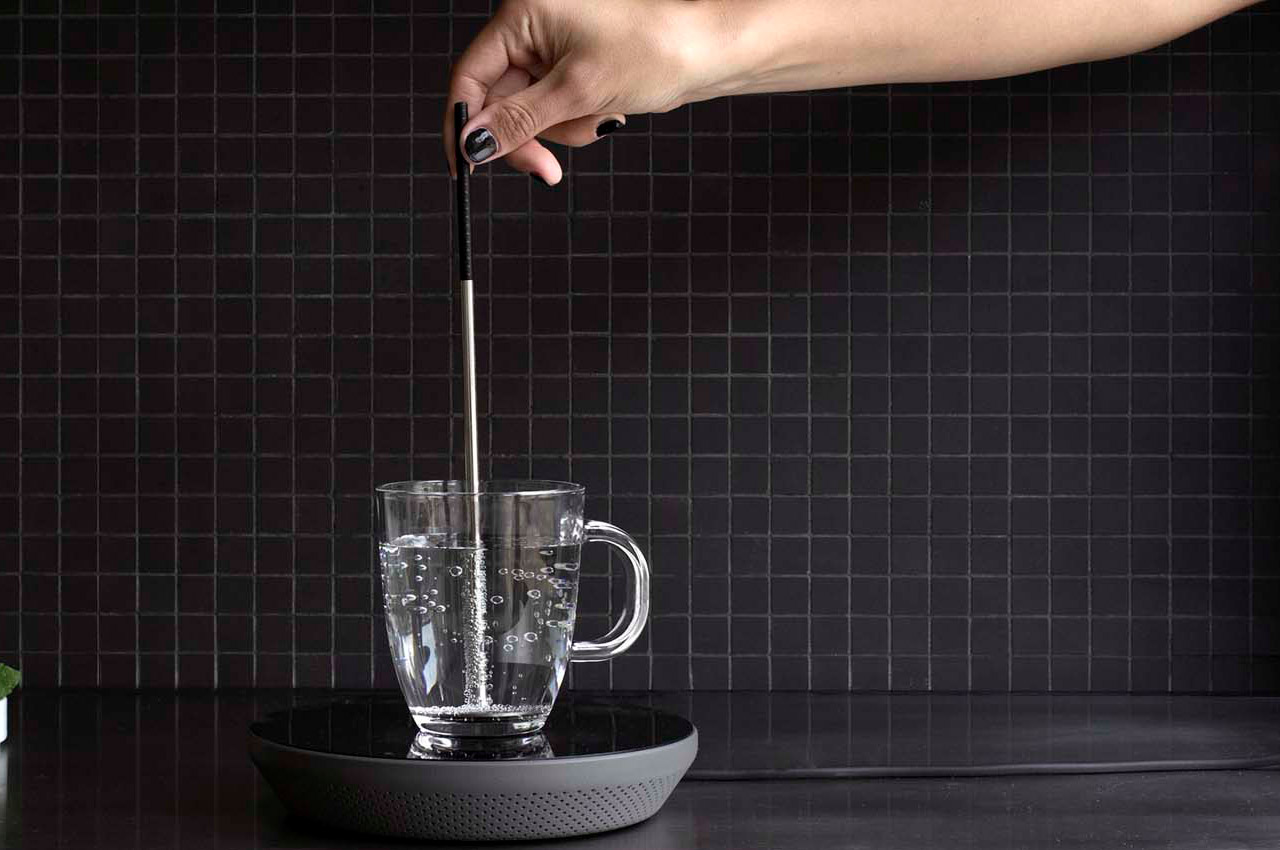
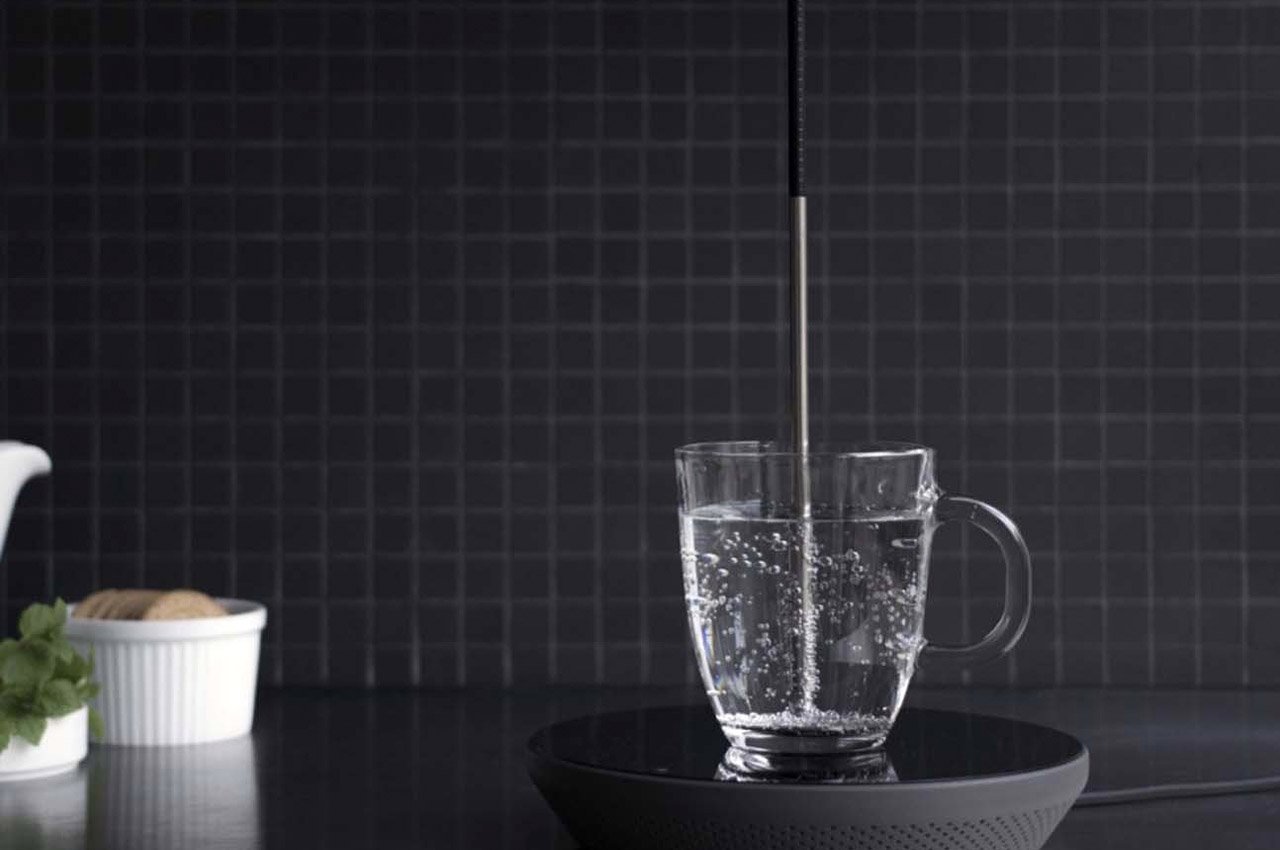
MIITO is the sustainable alternative to an electric kettle! The intelligently designed appliance can heat any liquid directly in a vessel while cutting down on excess water and energy usage. You don’t end up refilling MIITO, the way you would a traditional kettle! Eliminate the electric kettle completely from your kitchen, and replace it with MIITO.
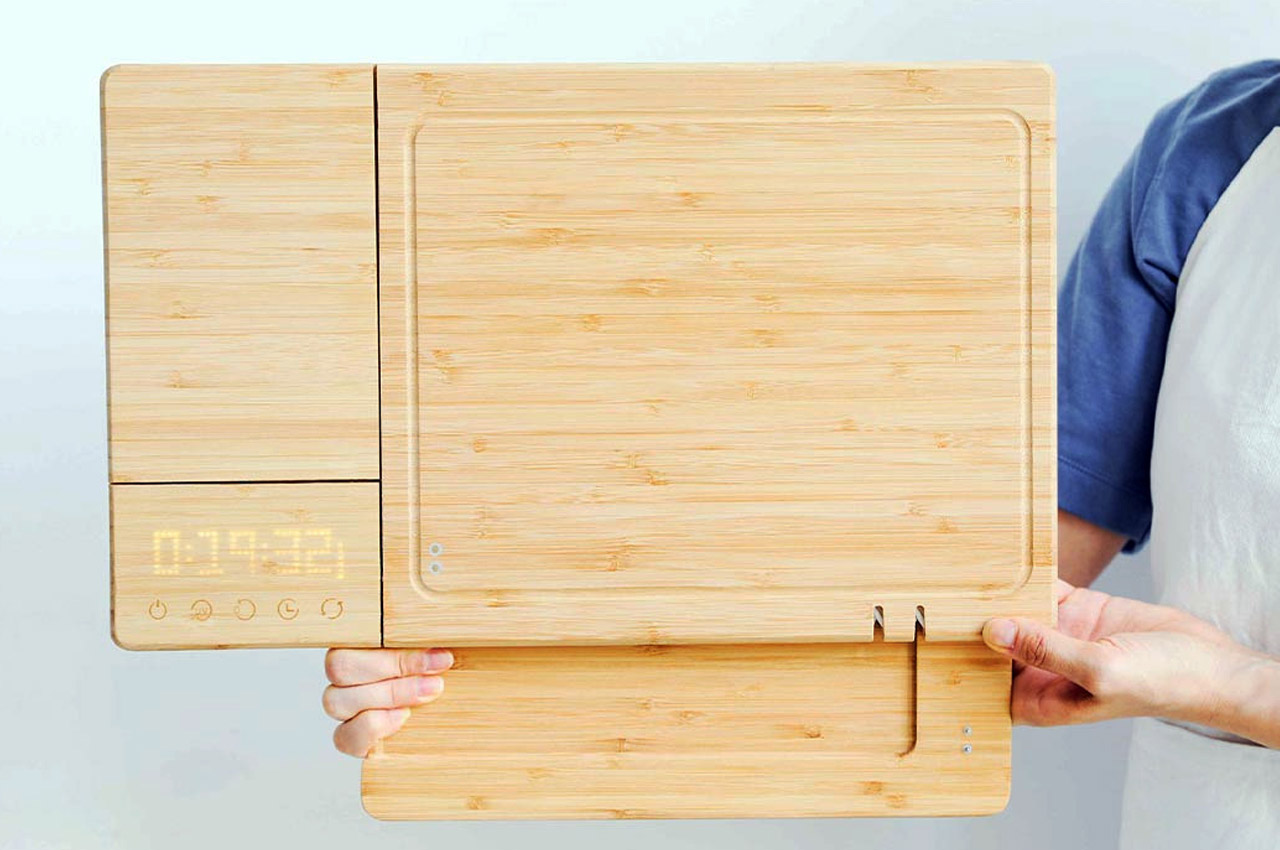

Chopbox is a smart chopping board that has so many unique features but the most relevant one in these ‘unprecedented times’ is the fact that it can actually kill germs on your cooking tools and space! Get rid of counter clutter and those extra kitchen accessories with this much-needed upgrade. Chopbox is not only smart, but it is also strong and can hold 150 pounds of weight. It is crafted sustainably using bamboo wood which was used for its hard density, durability, and affordability. The board and its replaceable parts are all 100% recyclable as sustainability is important to the designers and the consumers.
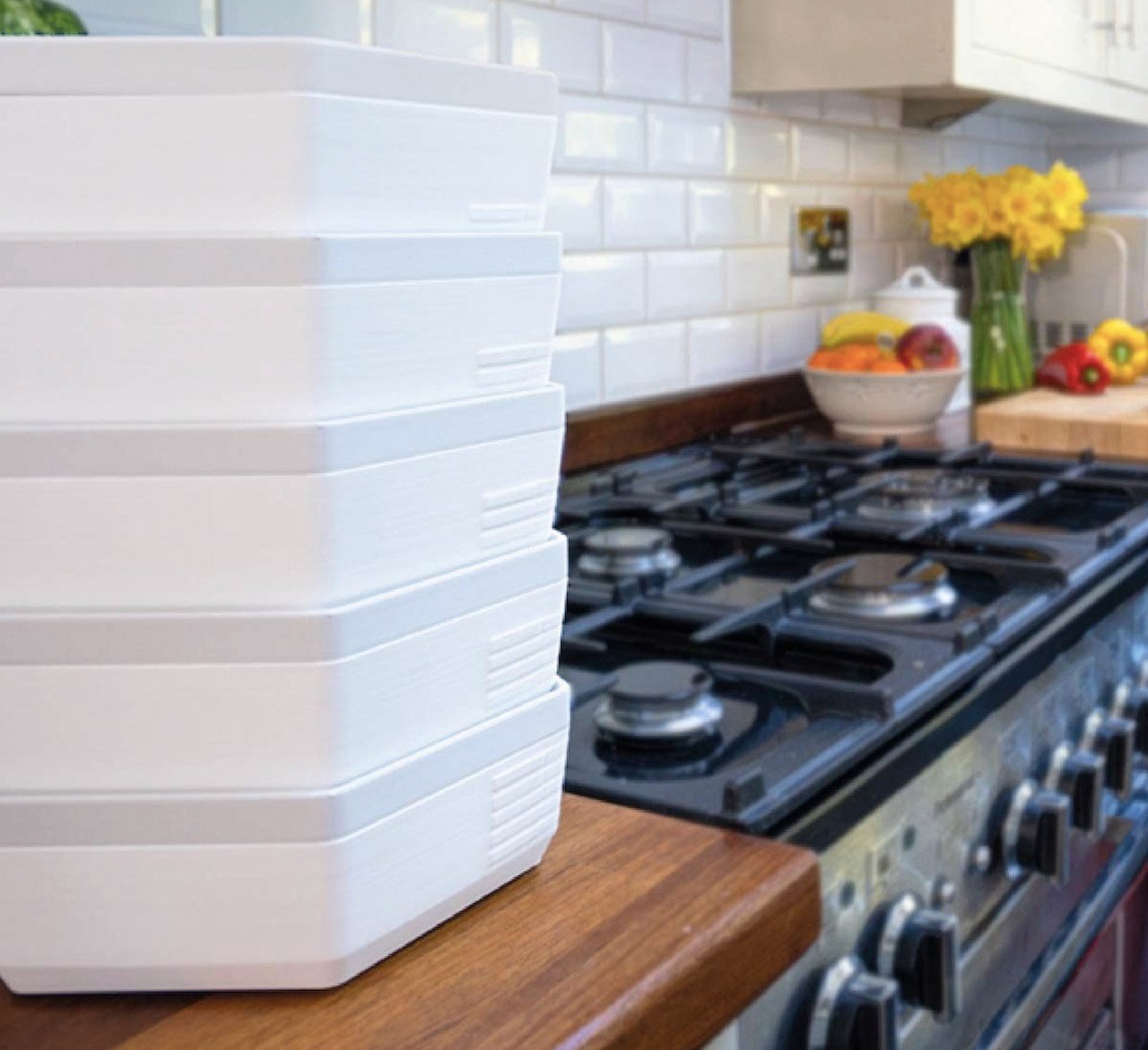
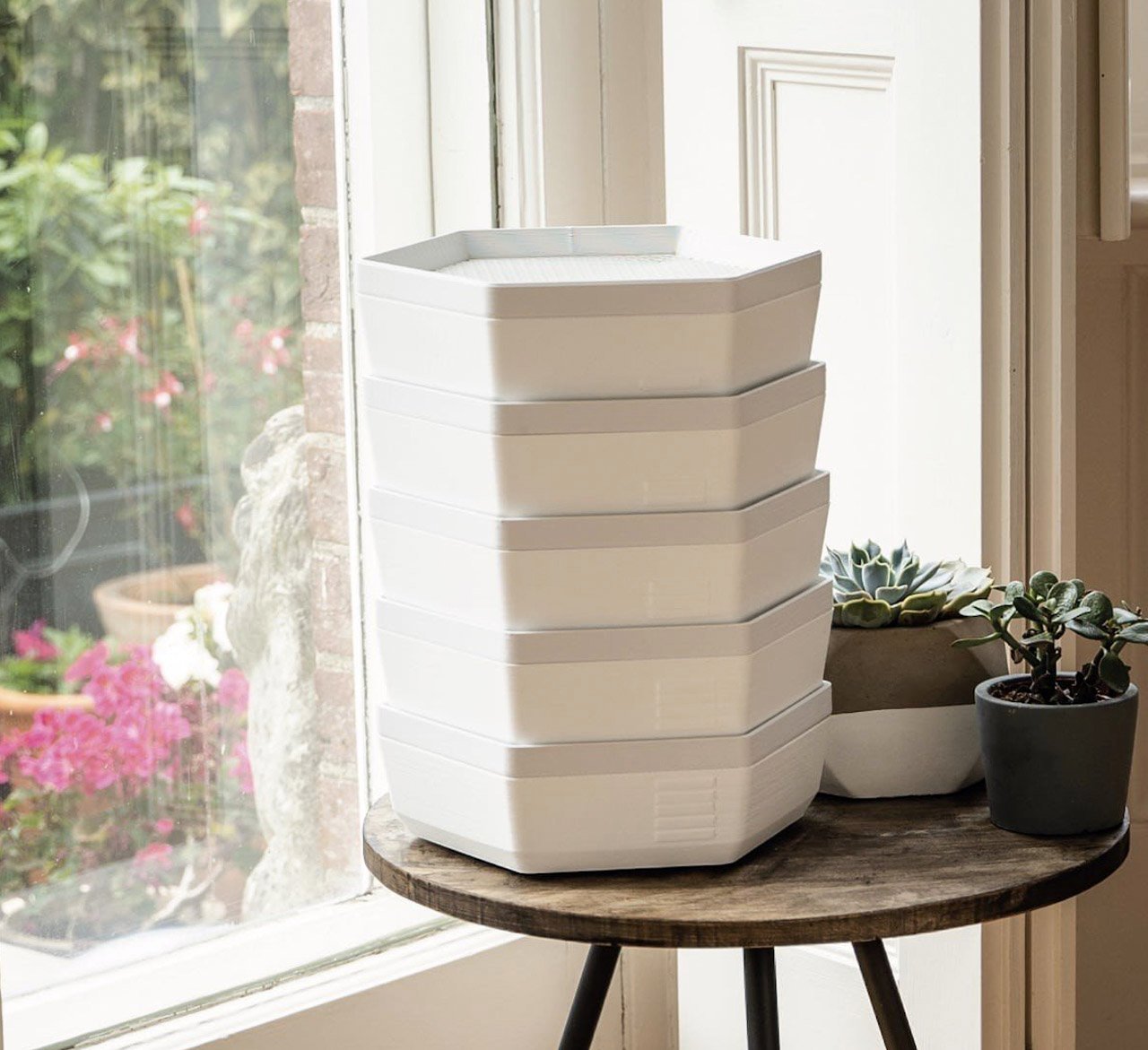
The Re_insect Growing Pod helps you grow and create your own protein-packed food at home! Equipped with a modular design, Re_insect consists of five trays. Each harvest tray produces 100–300 grams of mealworms, and each mealworm is almost more than 54% protein. The growing pod helps you reduce your carbon footprint and grow your own food at home. It’s a product that majorly encourages the sustainable food revolution!
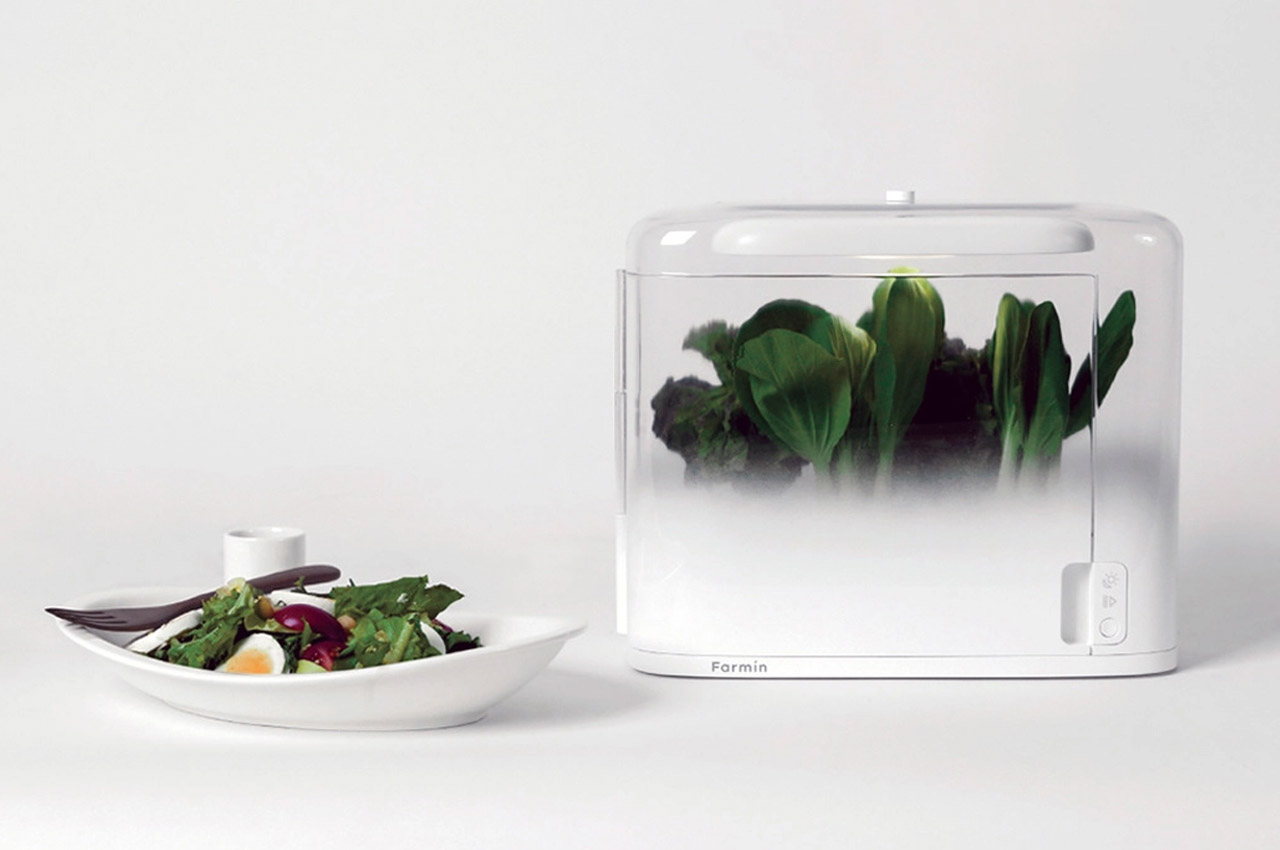
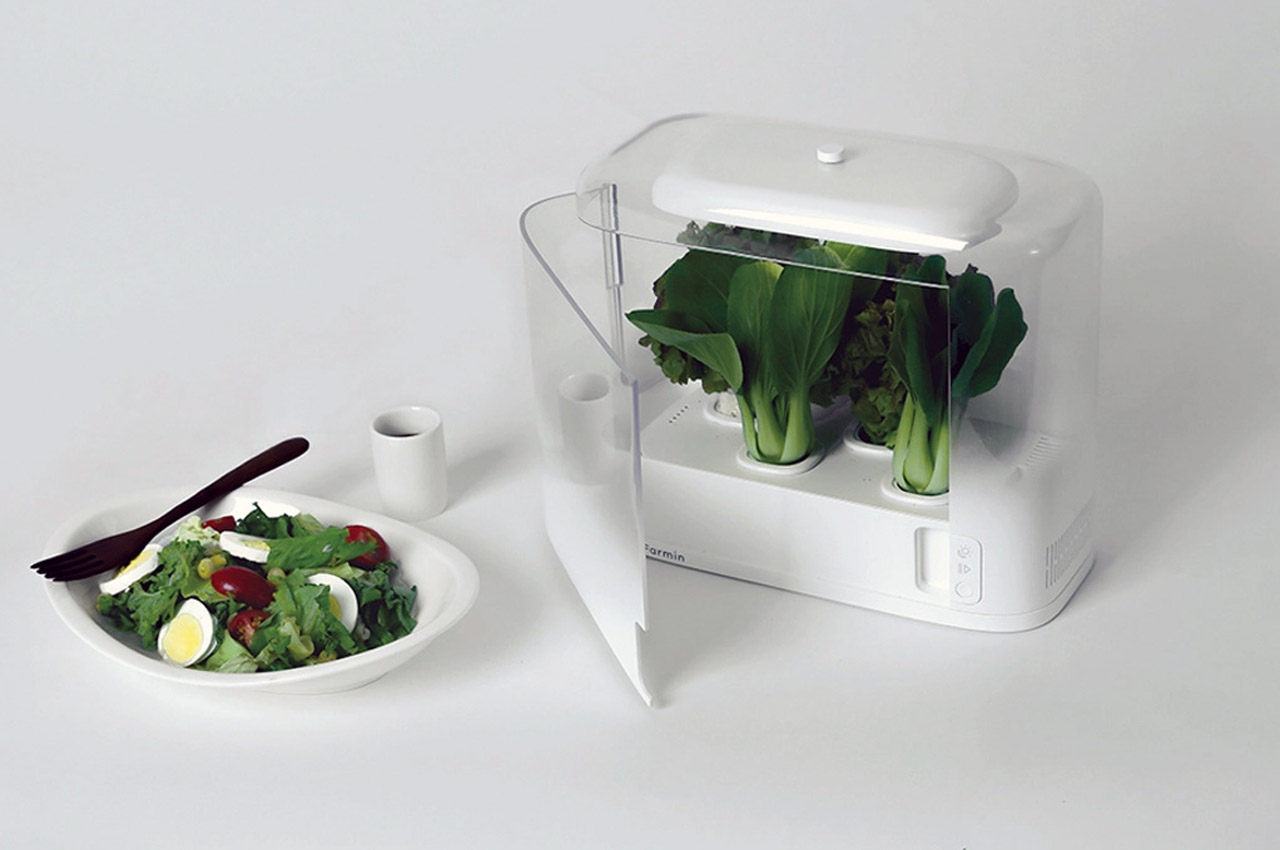
Designers like Eun-Jeong Pi attempt to bridge the small spaces in which many of us live with our strong desires to still remain close to nature and live sustainably – Farmin, a smart vegetable cultivator designed by Pi, offers one such bridge. Farmin is comprised of four main parts: the body, cover, seedling bags, and an LED lid. The body is definitely the hub of the vegetable cultivator, storing the soil, seedling bags, and water inlet. Along the left side of the body, an LED indicator signals to users when the soil in Farmin could use some water, which can then be distributed using the water inlet until filled completely. Then, on the right side, the body features an air filter that helps maintain the cultivator’s productivity and regulates the air that the plants breathe.
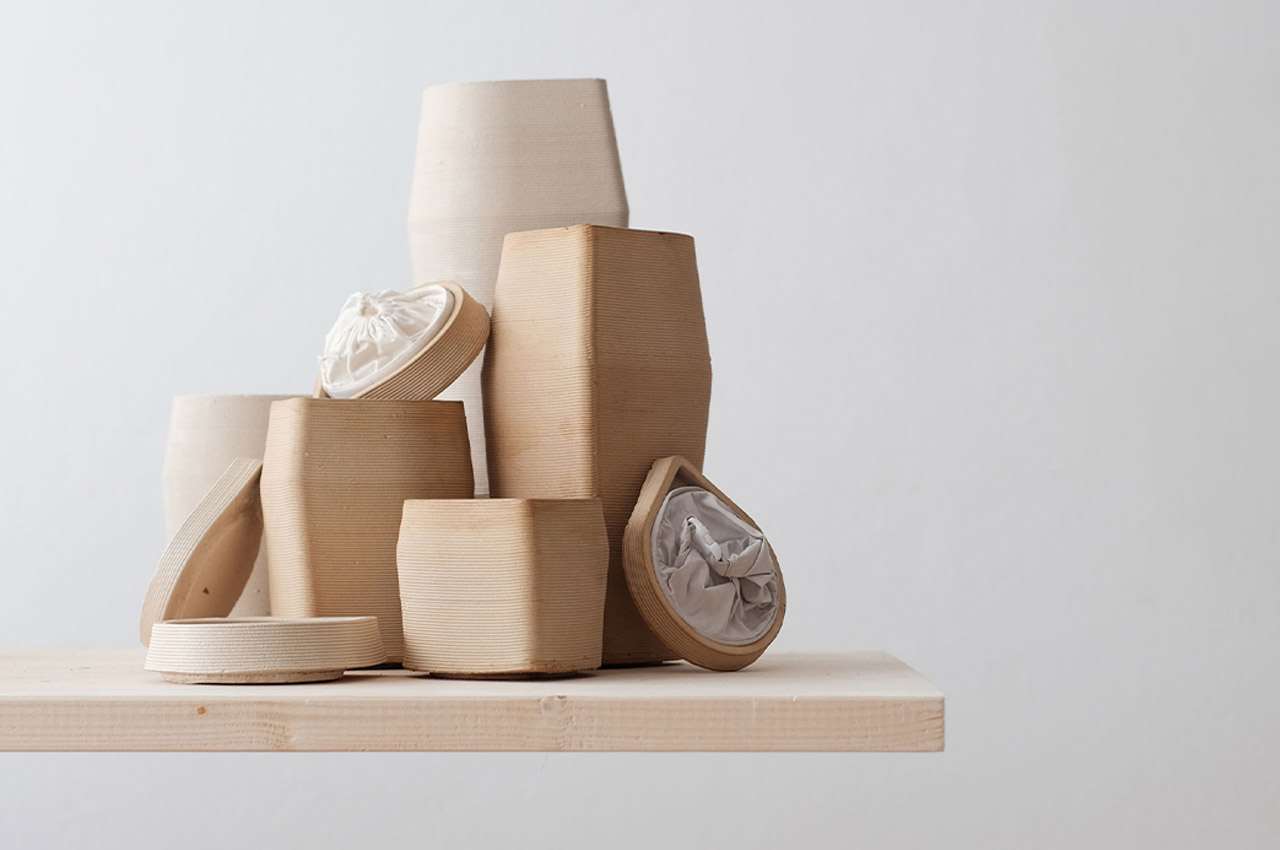
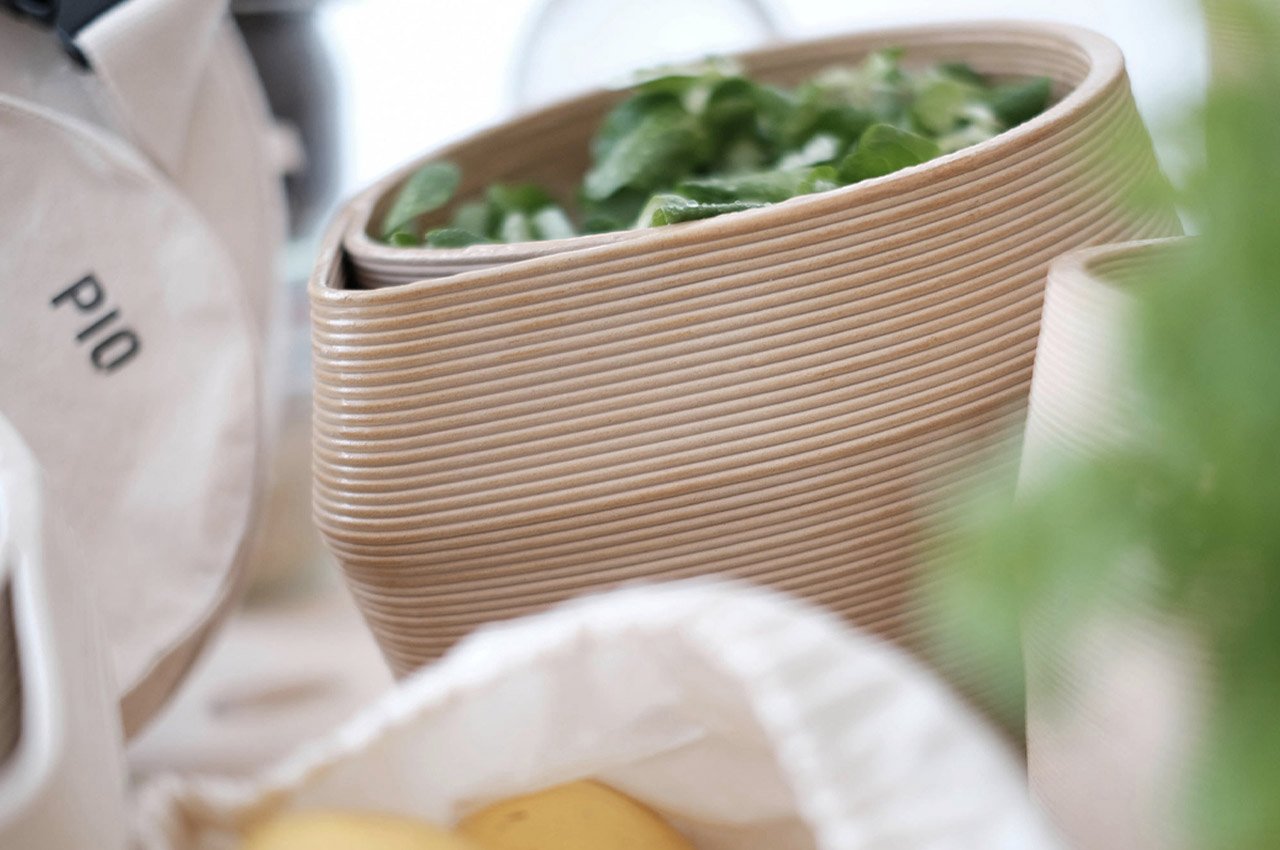
Gabriel Steinmann created P0 (pronounced pio like the letter and number) which stands for ‘project zero’ – a storage and shopping solution for food that aims to reduce consumption emissions. P0 helps us to switch to and maintain a plant-based diet and reduce the amount of food waste. The design blends organic and sustainable materials with an earthy aesthetic to invoke warmth and a more personal relationship with the items we use. Its ceramic body and textile lining help encourage a deeper appreciation for the food we consume and make us more aware of how much food we actually need to minimize wasting it. It is also a practical and attractive utensil in your kitchen – “a symbol of change, of becoming a little bit more human,” as rightly described by Steinmann.
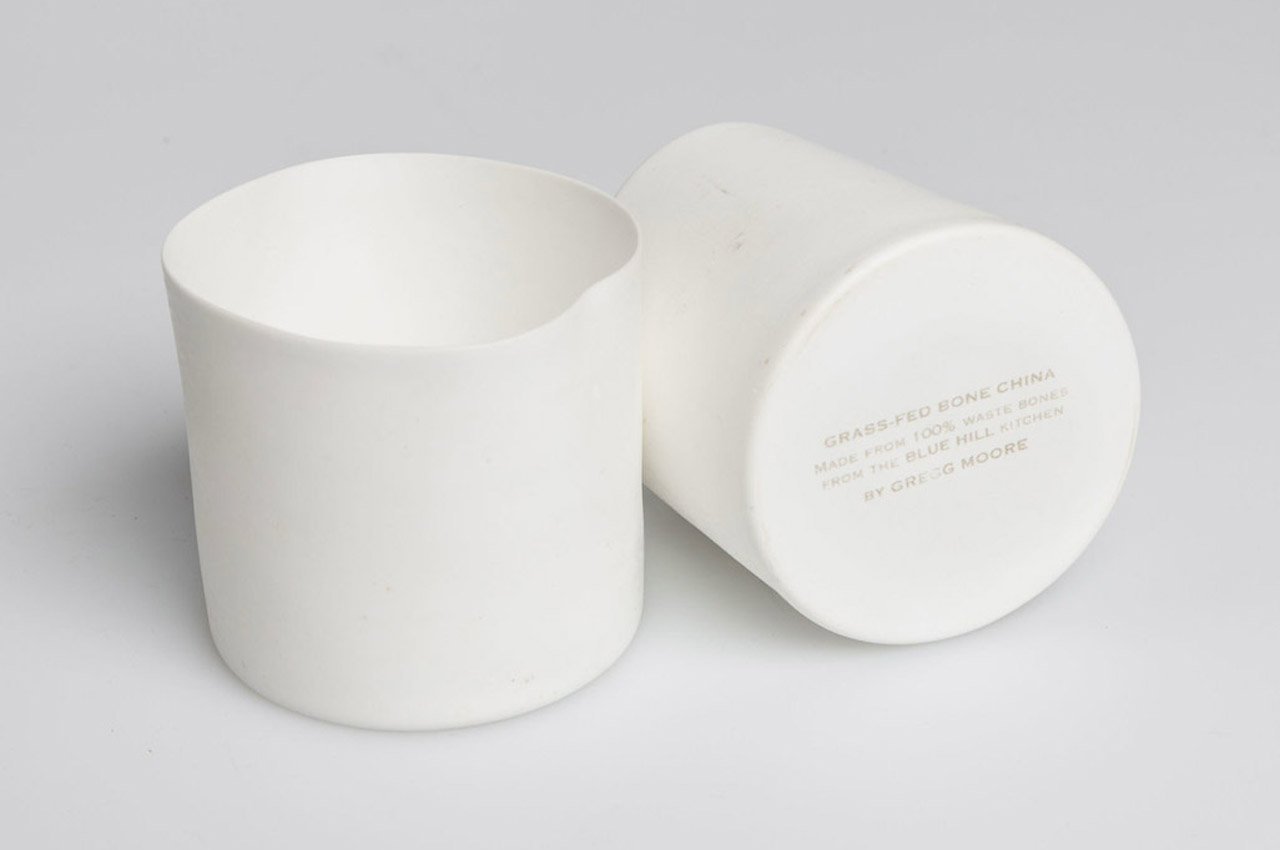
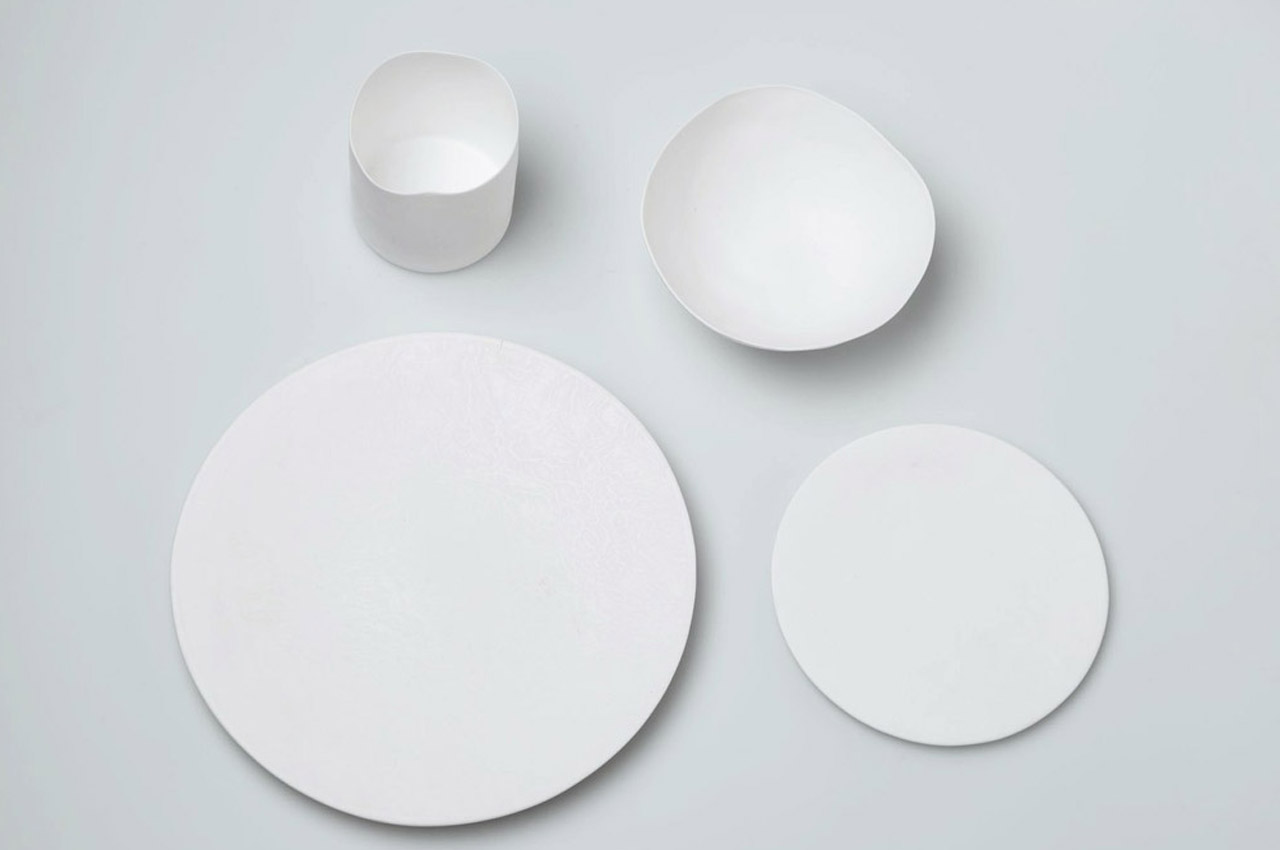
This tableware collection consists of a bowl, plate, and cup made from bone china! Translucent and glazed, with a sleek white structure, the vessels instantly catch your attention! The Blue Hill cows consume grass, instead of following the typical grain-based farm diet. Since they devour grass, they move and roam freely in search of greener pastures. This ensures that their bones are much stronger as compared to the cows found on other conventional farms, leading to stronger, creamier, and more durable ceramics.









